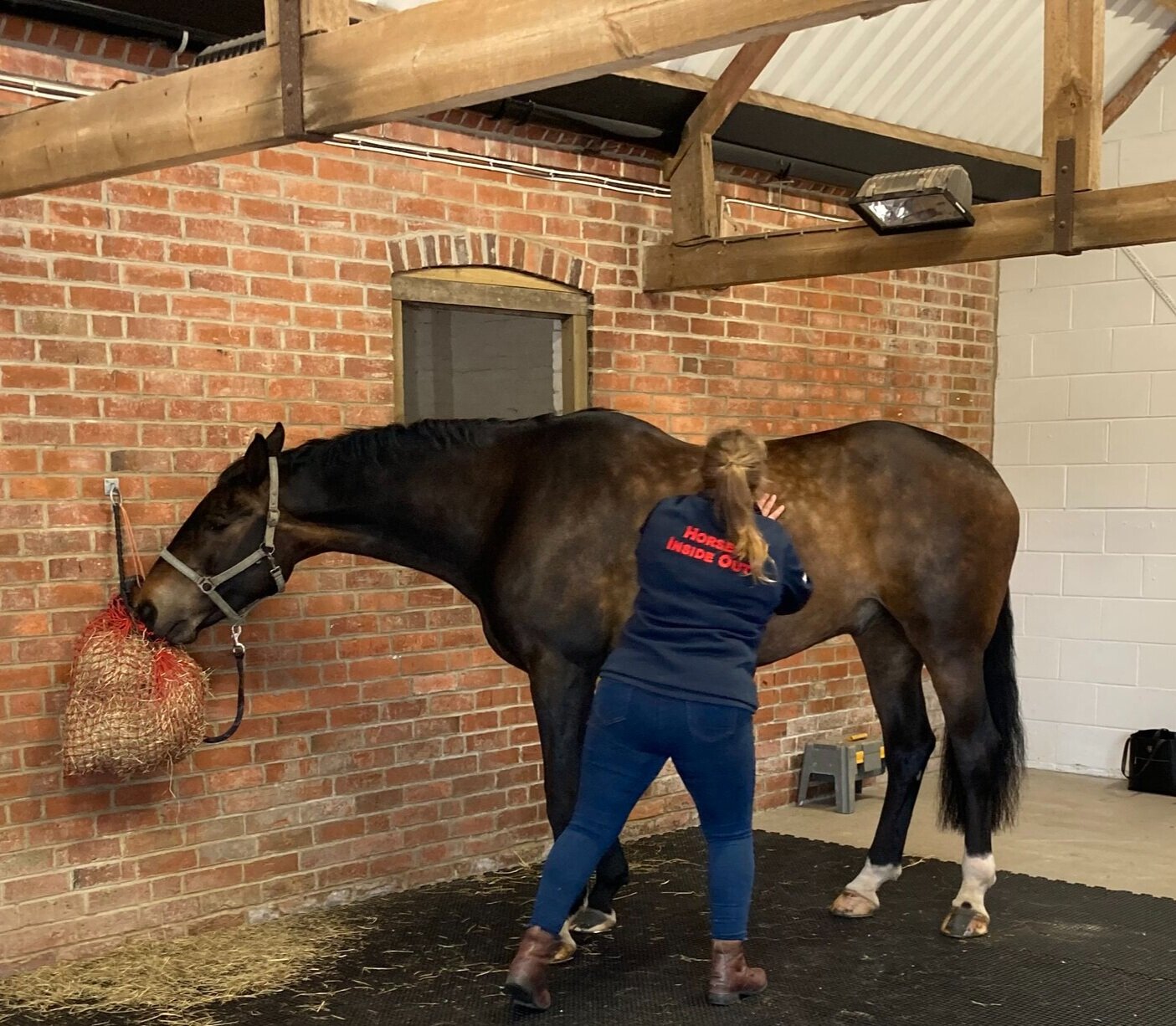건마 massage is a technique used to help reduce muscle tension and promote relaxation in horses. A dry horse massage therapist uses their hands to apply pressure to the animal’s muscles, soft tissues, and tendons. It is a gentle, non-invasive form of bodywork that can be used as an alternative or complementary therapy for a variety of ailments. Additionally, it can provide a calming effect on the horse during stressful situations such as travel or competition.
The Benefits of Dry Horse Massage
Dry horse massage has many benefits for both the horse and its handler. By providing targeted relief to areas of pain or discomfort, this type of bodywork can reduce muscle tension and inflammation while improving the overall quality of movement. This improved flexibility can lead to increased performance in activities like dressage or jumping; it also makes grooming and saddling easier for both parties involved. Furthermore, regular dry massages may help improve posture by increasing blood flow around vital organs. This enhanced circulation helps boost energy levels which allow the horse to function more efficiently during exercise sessions.
What To Expect During A Session
A typical session begins with your therapist examining your horse’s conformation and gait before working on any sore spots they might find with their hands. The amount of pressure applied depends on what feels right for your animal; each treatment should be tailored specifically to them as individuals have different levels of comfort regarding physical contact with humans. Most sessions last between 30 minutes and one hour but may need to be extended if areas require more attention than usual. Once complete, you should expect your equine companion’s muscles to feel relaxed yet energized after being worked through thoroughly using various strokes and techniques specially designed for horses only!
How Often Should You Schedule Sessions?
It is recommended that owners arrange regular appointments with their chosen therapist every four weeks so that any changes or improvements in condition are monitored closely throughout the year – this could include anything from improved posture to fewer episodes of lameness due to better muscle care! Depending on how active your horse is, some owners opt for bi-weekly sessions while others prefer fortnightly visits depending on their own needs (and budget!). As long as there is consistency in scheduling appointments throughout the year then results should become noticeable relatively quickly – although do remember that this isn’t an overnight solution so patience will be key!
Conclusion
In conclusion, dry horse massage provides an excellent alternative or complementary therapy option for those looking at ways other than medication or surgery to treat their equine companion’s ailments without causing undue stress upon them during times when they may already feel anxious due to events such as competitions, etcetera! Regular sessions not only ensure optimal performance but also allow us all something special– time with our beloved animals where we get to know them even better than before whilst giving back something wonderful in return: love & care!



